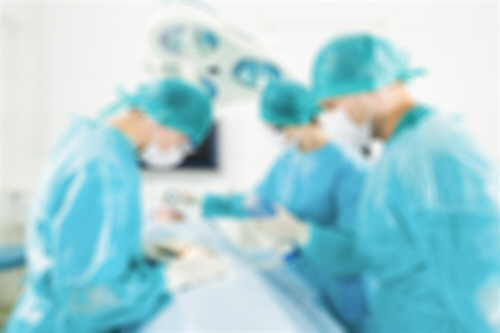Our Breast Cancer rapid assessment clinics are back! Thank you… Read More
Breast Reconstruction

In a literal sense, breast reconstruction is the replacement of removed breast tissue with either a silicone implant or the patient’s own tissue, transplanted from another part of the body. From a patient point of view, it aims to return some femininity and form after a traumatic experience, improving quality of life and self-esteem for ladies after a difficult diagnosis. From a surgeon’s perspective, it is a privilege to be able put something back after taking away.
Ms de Sousa can guide you through and perform all types of reconstruction outlined below, operating together with plastic surgeons for the free-flap microsurgery. There are many questions about breast reconstruction, which need to be addressed during your consultation….
What are the different types of Breast Reconstruction? How do you choose which one is right for you? Do you get to keep your nipples? What are the advantages and disadvantages of each? What are the complications? Who do I go to if I want to discuss it further and who performs my operations?
Breast reconstruction can be performed either at the time of a mastectomy – removal of the breast tissue – (immediate reconstruction) or several months or years later (delayed reconstruction). There are risks and benefits to each of the procedures outlined below. Depending on ladies’ shapes, sizes and other illnesses, one, two or all of the options may me appropriate. It is Ms de Sousa’s role to explain the options, show photos and help ladies come to the right decision for them. She will find out about you as a person, what you like doing and what your hopes and expectations are for the future. These consultations take time and you will receive a letter afterwards confirming what was discussed after each consultation. Your GP will also receive a copy, allowing you to discuss any aspect with them too.
Implant reconstruction
This is when a silicone implant is positioned under the skin, to take on the shape of a new breast. Implant reconstruction can either be performed as a one- or two- stage procedure. Sometimes a saline-filled tissue expander is used to stretch the tissues before the final implant is place. It is common to use an internal mesh/ sling to support the implant and relieve pressure on the skin.
Latissimus Dorsi Flap reconstruction
Reconstruction of a breast using a flap of skin, fat and muscle rotated on its own blood supply from the back to the front. This procedure does not usually require an implant but one can be used, if a larger volume is needed.
Free flap reconstruction with Microsurgery
When tissue (fat and skin) is moved from one part of the body to another, the blood supply is disrupted and needs reconnection using microsurgery. This is a surgical speciality of its own and is performed by plastic surgical colleagues. Ms de Sousa works closely with local Plastic Surgeons to provide this service if it is the best option for her patients. The tissue is usually taken from the tummy (DIEP) or inner thigh (TUG) or buttocks (SGAP/IGAP).
Nipple reconstruction
When a nipple has been removed, an artificial one is created through folding of skin overlying a reconstruction. It is a small, local anaesthetic procedure. Tattooing can be performed afterwards.
Lipofilling / Fat Transfer
Liposuction has been used as a cosmetic procedure for many years. Fat grafting/ lipofilling refines this, using a much narrower harvesting needle and then reinjecting thin layers of fat into the breast defect. It is a very useful procedure to correct minor defects but can also be used to reconstruct small sized breasts. However, multiple procedures are required and the reduction in volume at the donor site is never as dramatic as ladies wish for!
The following booklets provides comprehensive information
https://www.breastcancercare.org.uk/information-support/publication/breast-reconstruction-bcc7



Follow Emma de Sousa